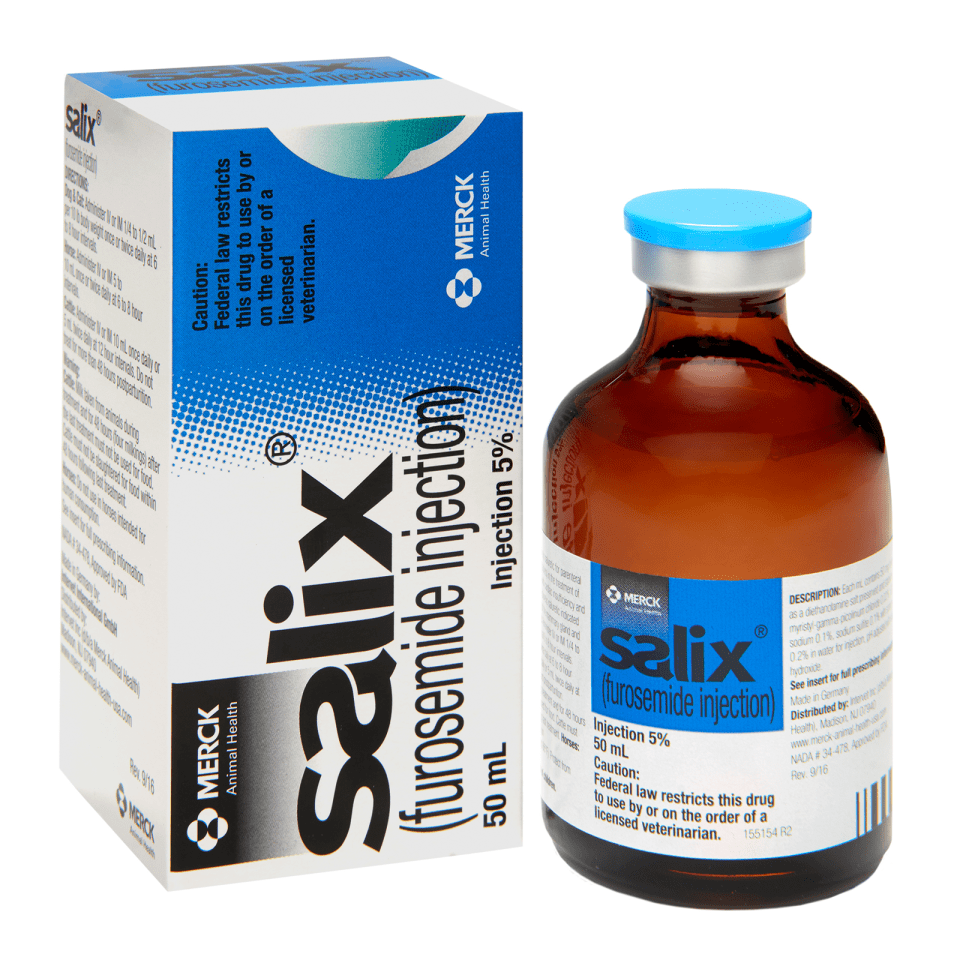
Acute Onset of Edema
Disease Overview
Edema is a common component and sequela of injury, inflammation, or cardiovascular compromise. Clinical signs may include subcutaneous edema as well as internal organ edema (pulmonary edema) or body cavity effusion (pleural effusion or ascites). Depending on the severity of edema, acute or repetitive therapy may be required. In addition to specific therapies, diuretic therapy is often indicated to aid in reduction of fluid accumulation.
Merck Animal Health Solutions
Clinical Signs
Infection affects the central nervous system.
- Pitting subcutaneous swelling
- Limb enlargement
- Difficult respiratory effort
- Detection of “fluid line” within the pleural space
- Reduced thoracic and/or abdominal sounds on auscultation
Risk Factors
- Injury
- Wounds
- Cardiac or cardiovascular disease
References
KW Hinchcliff and WW Muir 3rd. “Pharmacology of Furosemide in the Horse: A Review,” J Vet Intern Med 1991;5(4):211-218.
JH Foreman. “Equine Respiratory Pharmacology,” Vet Clin North Am Equine Pract 1999;15(3):665-686.
Important Safety Information
SALIX® is a highly effective diuretic-saluretic which if given in excessive amounts may result in dehydration and electrolyte imbalance, enhancing the risk of circulatory collapse, thrombosis, and embolism. Therefore, the animal should be observed for early signs of fluid depletion with electrolyte imbalance, and corrective measures should be administered. Excessive loss of potassium in patients receiving digitalis or its glycosides my precipitate digitalis toxicity. Caution should be exercised in animals administered potassium-depleting steroids. See package insert for full information regarding contraindications, warnings, and precautions. Salix® may lower serum calcium levels and cause tetany in rare cases of animals having an existing hypocalcemic tendency.

